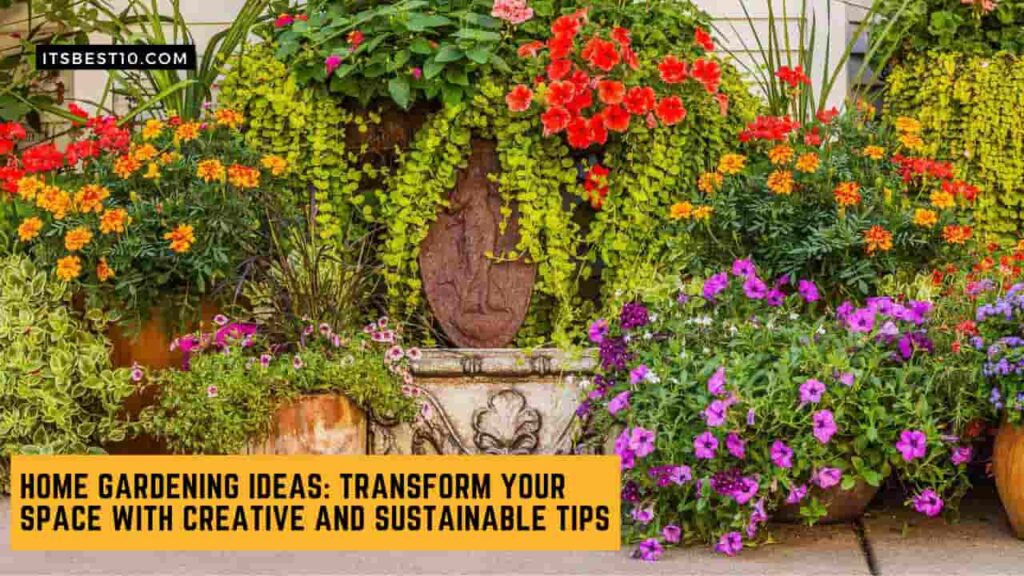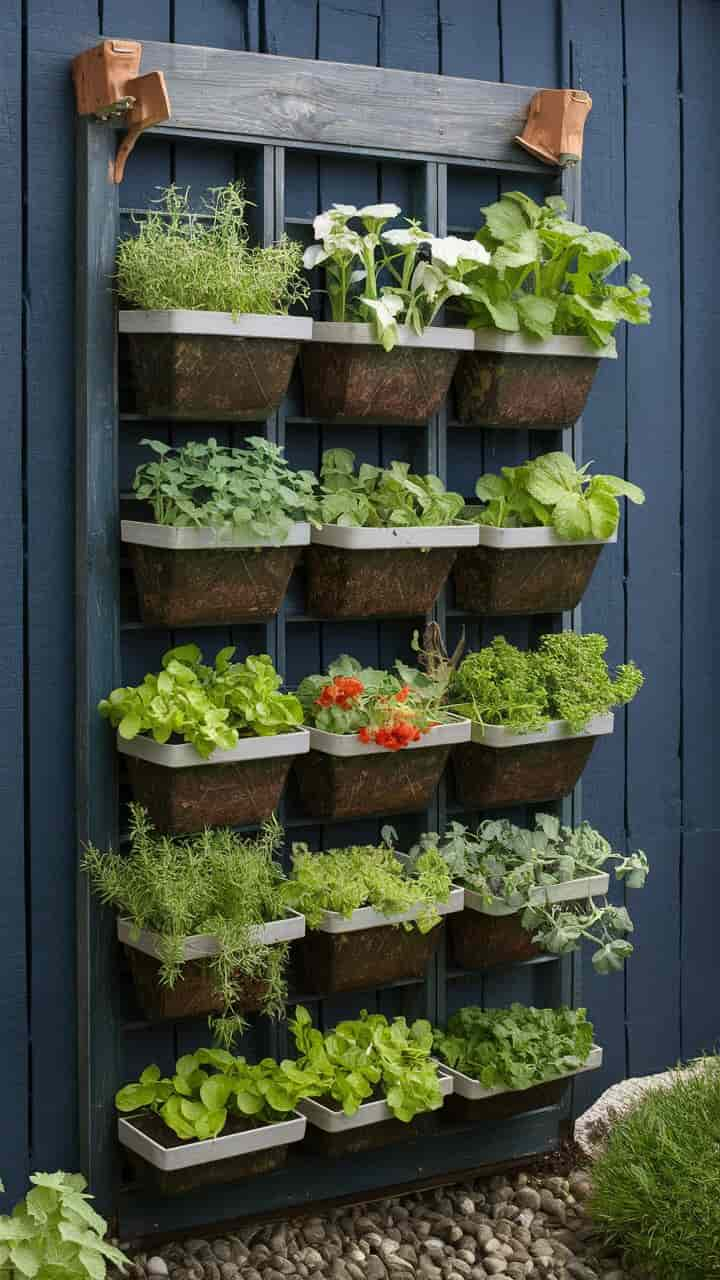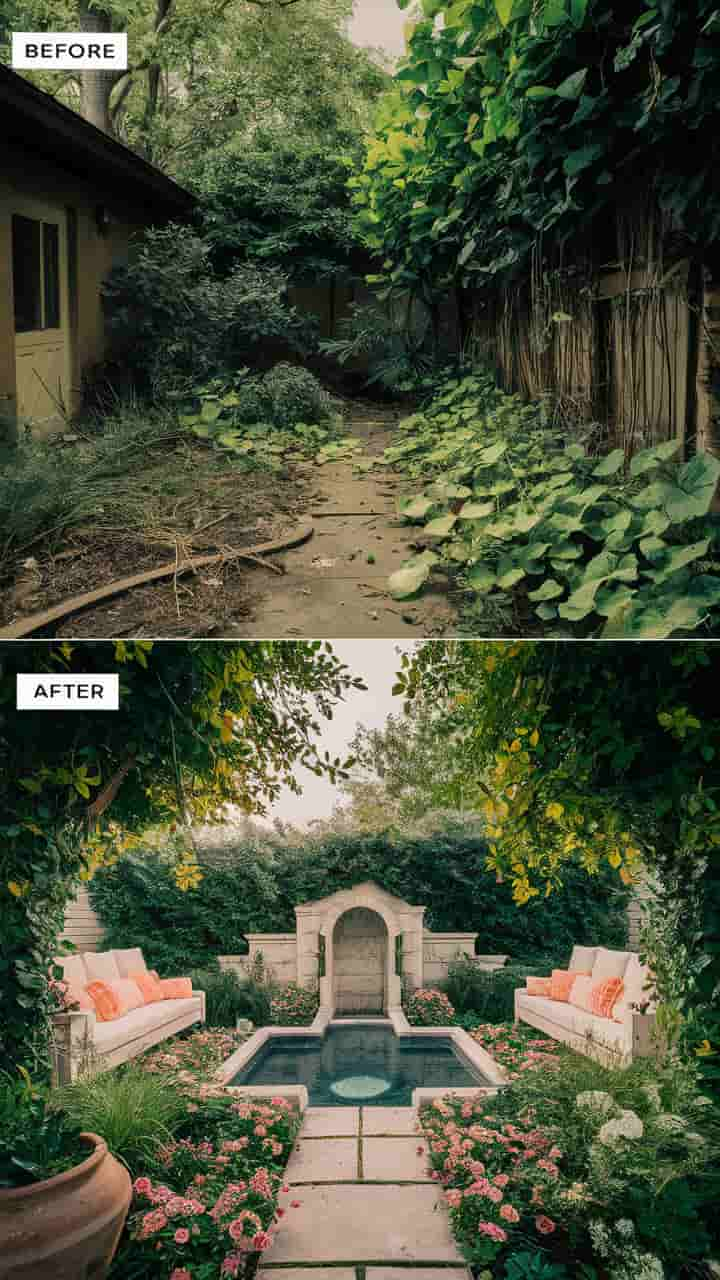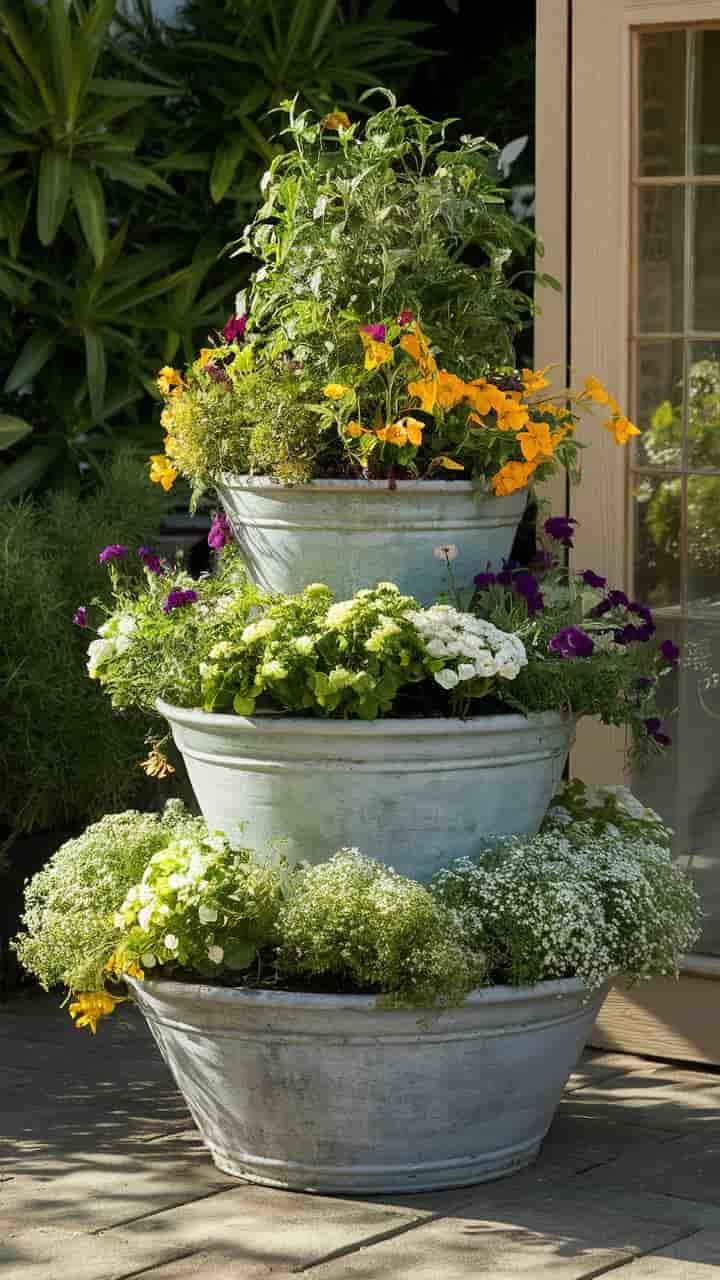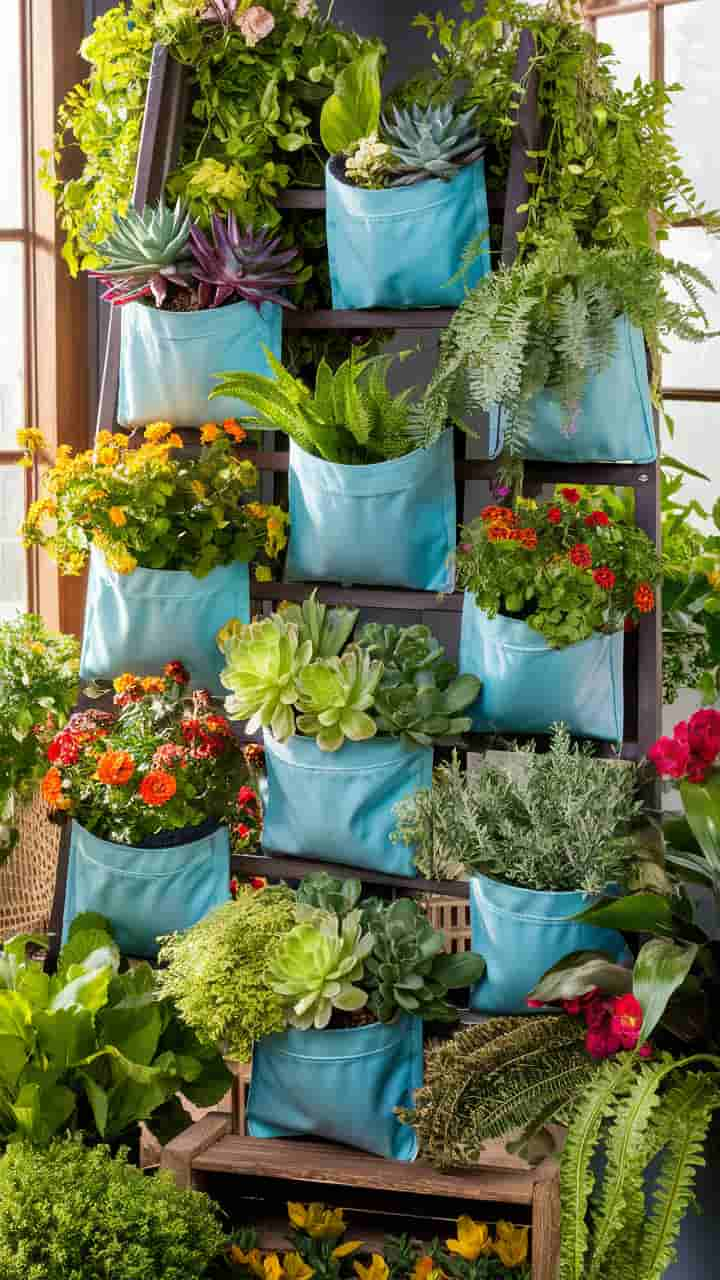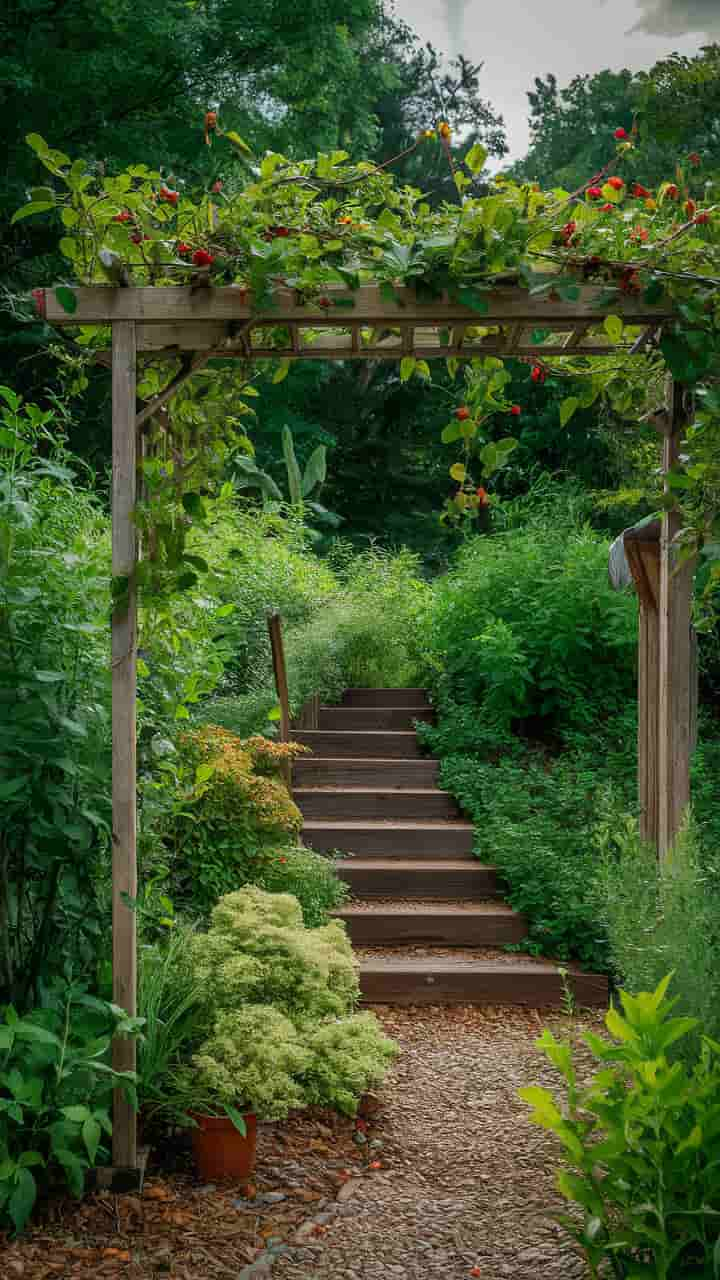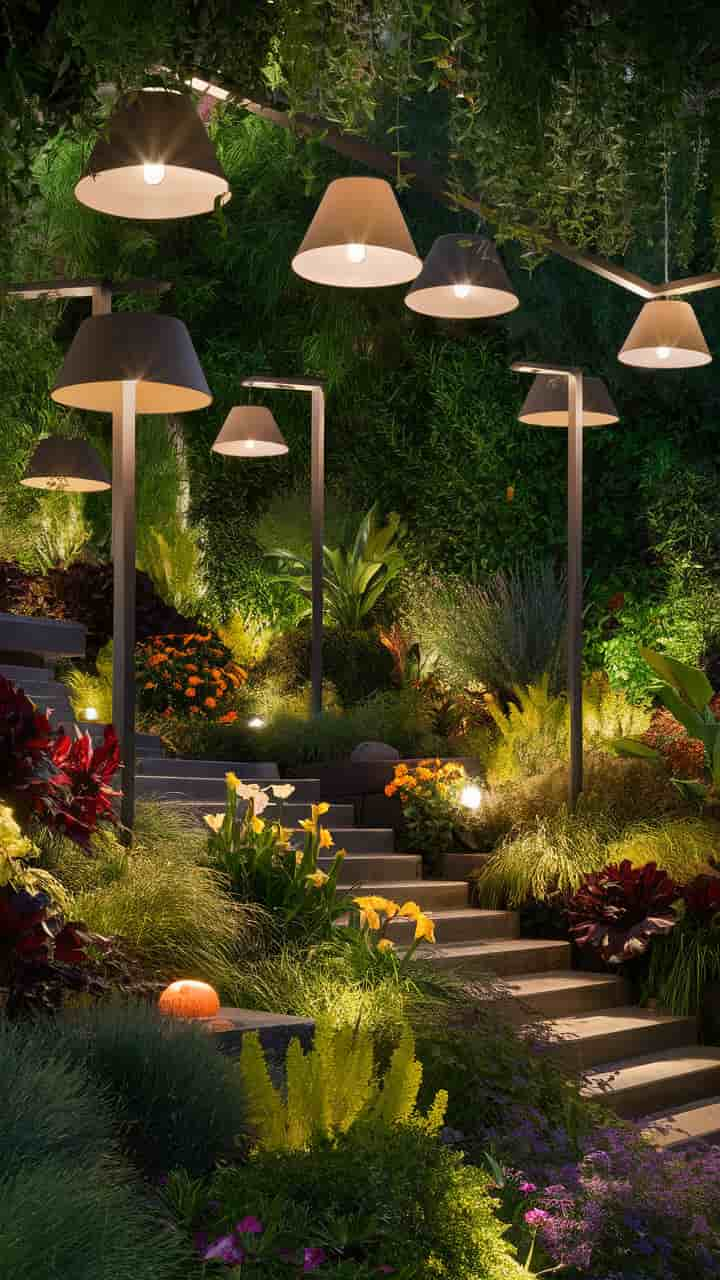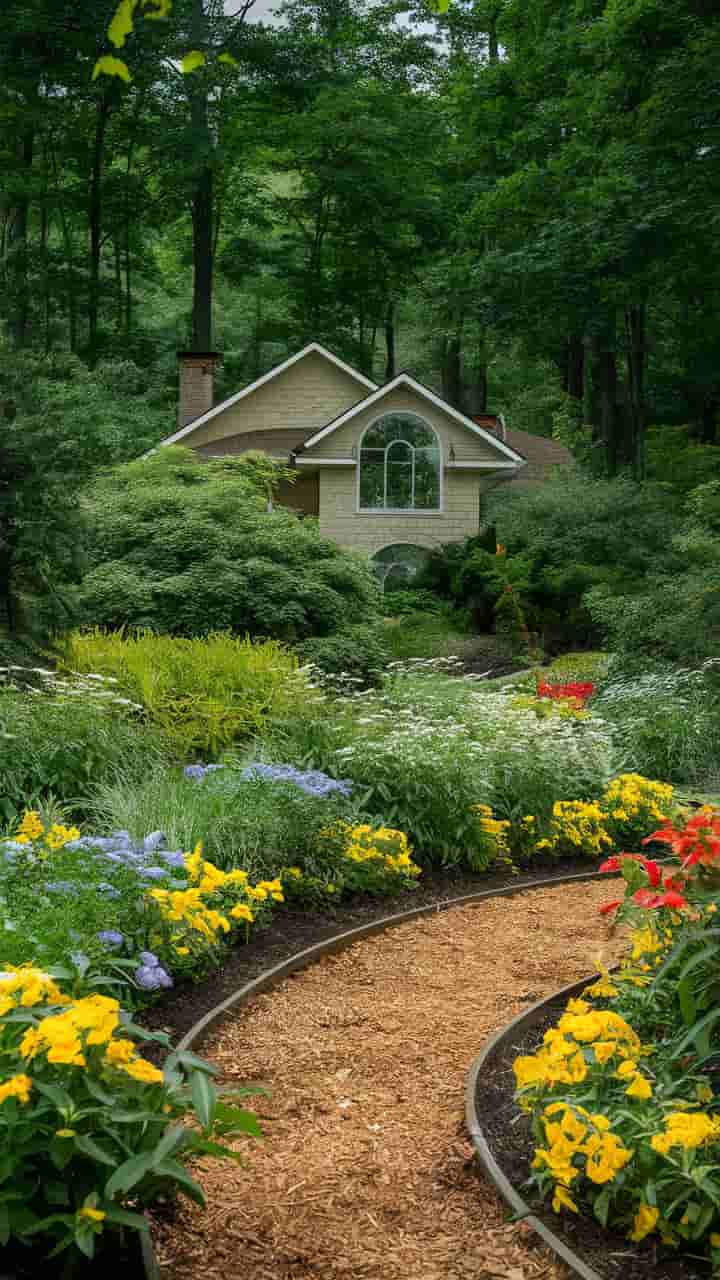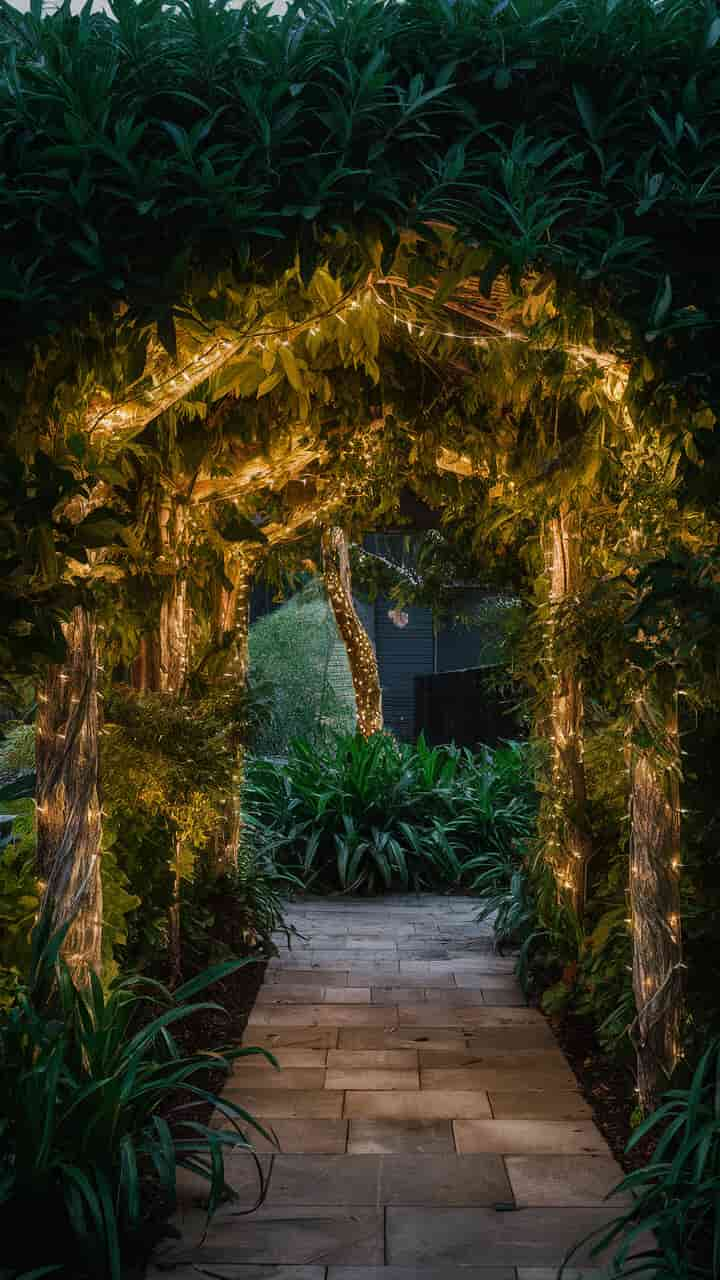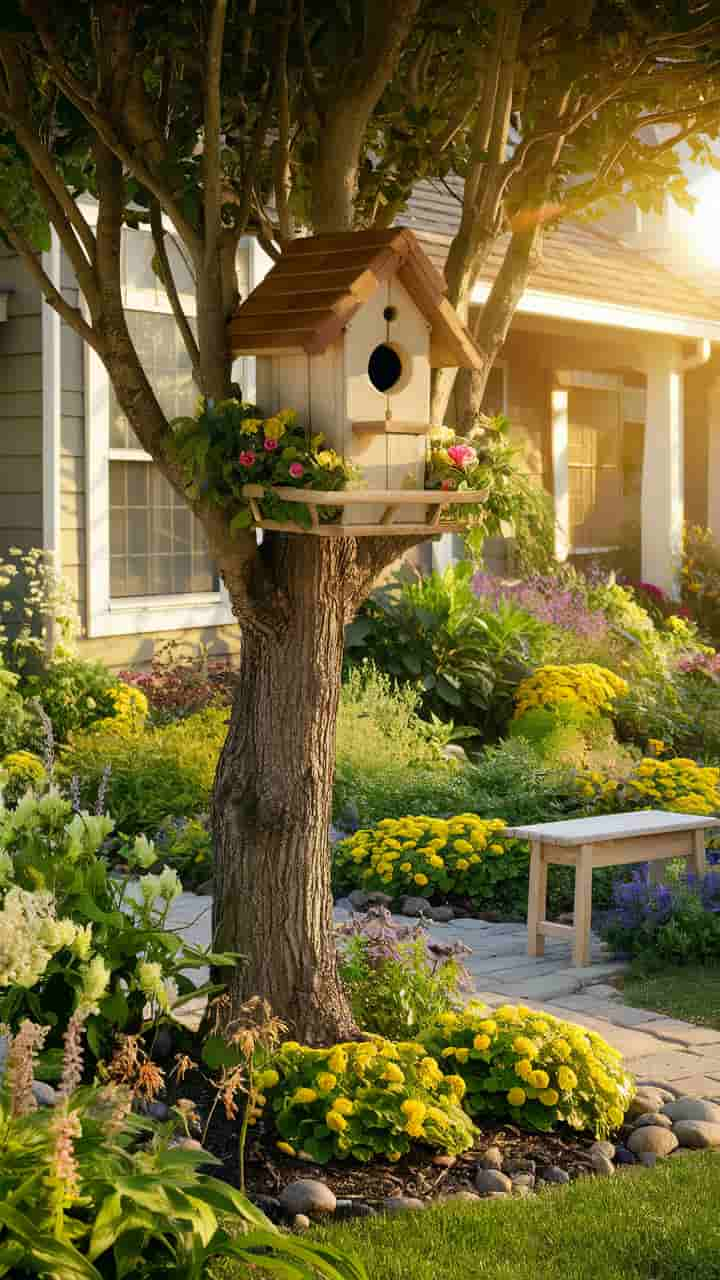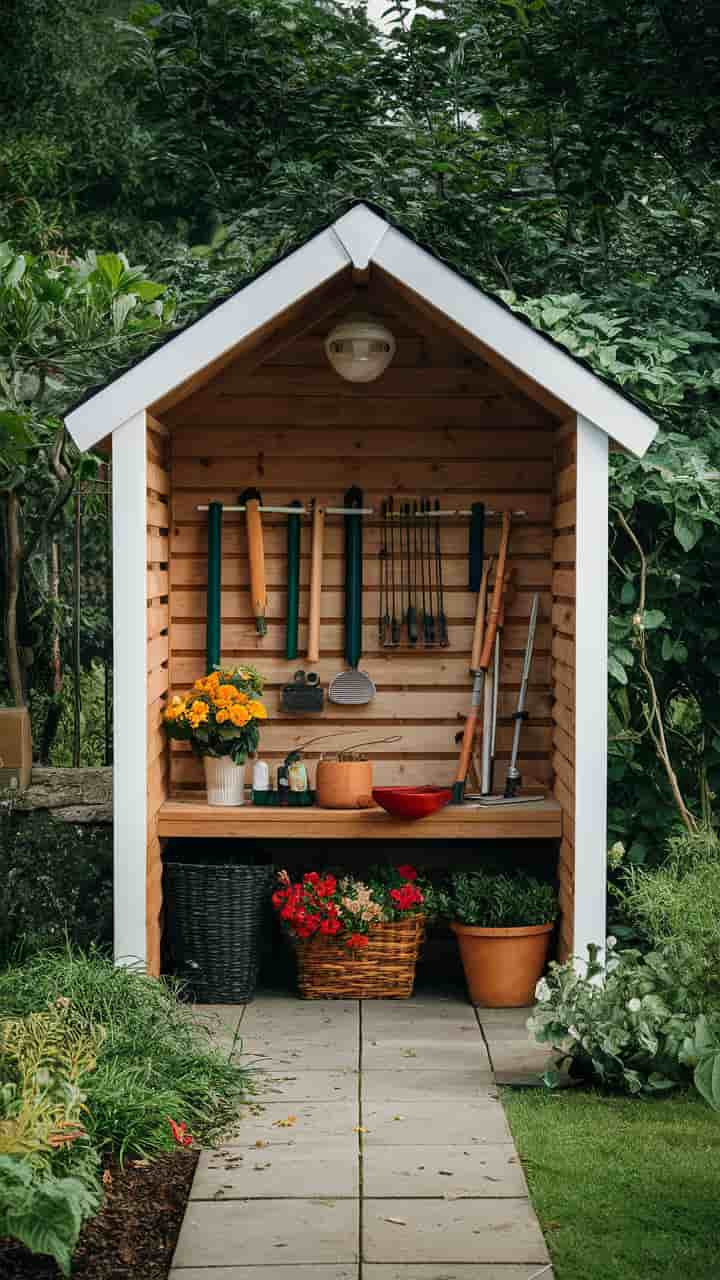Home gardening has become an increasingly popular trend, providing a way to enhance your living space, grow fresh produce, and bring a sense of tranquility to your environment.
Whether you have a spacious backyard or a small balcony, there are plenty of ways to start your own home garden. In this article, we’ll explore various home gardening ideas that cater to different spaces, skill levels, and styles.
1. Choose the Right Plants
Selecting the appropriate plants for your garden is essential to ensure a thriving and visually appealing outdoor space.
Start by considering your climate, soil type, and sunlight conditions. Native plants are a great choice as they are well-adapted to your local environment, requiring less maintenance and water.
Additionally, mix perennials with annuals to enjoy year-round color and texture in your garden. Don’t forget to choose plants that attract pollinators like bees and butterflies, which will help your garden flourish naturally.
2. Start with a Plan
Before diving into gardening, it’s crucial to have a clear plan in place. Outline the layout of your garden, considering factors like plant placement, pathways, and focal points.
Think about how much time you can dedicate to maintaining your garden and choose low-maintenance plants if needed.
A well-thought-out plan will save you time, money, and effort in the long run, allowing you to create a cohesive and beautiful garden that suits your lifestyle.
3. Container Gardening
Container gardening is a versatile option for those with limited space or for adding greenery to patios and balconies. Choose containers that are large enough for your plants’ roots to grow, and ensure they have proper drainage.
You can experiment with different types of plants, from flowers to herbs and even small vegetables.
The beauty of container gardening is that you can easily move plants around to find the perfect spot for them to thrive, and it offers flexibility in design.
4. Vertical Gardening
Vertical gardening is an innovative way to maximize space, especially in smaller areas. By growing plants upwards on trellises, walls, or hanging structures, you can create a lush, green environment without taking up much floor space.
This technique is perfect for urban gardens, balconies, or even as a feature in larger gardens. Vertical gardens can include a variety of plants such as climbing vines, succulents, or even herbs, making them both functional and decorative.
5. Incorporate Edible Plants
Incorporating edible plants into your garden is a practical and rewarding approach. Not only do they provide fresh produce, but they also add beauty and variety to your garden.
Consider planting fruits, vegetables, and herbs that you frequently use in your cooking. Edible plants can be integrated into flower beds, borders, or even as part of a container garden.
This way, you can enjoy the dual benefits of a beautiful garden and a fresh supply of homegrown food.
6. Create a Focal Point
Designing a focal point in your garden adds visual interest and draws attention to specific areas. A focal point can be anything from a striking sculpture, a water feature, or a vibrant flower bed.
The key is to choose something that stands out but also complements the overall design of your garden.
By strategically placing a focal point, you create a sense of balance and harmony, guiding the viewer’s eye through the space and enhancing the garden’s aesthetic appeal.
7. Use Mulch
Mulch is a gardener’s best friend when it comes to maintaining healthy soil and plants. It helps retain moisture, suppresses weeds, and adds organic matter to the soil as it decomposes.
You can choose from various types of mulch, including wood chips, straw, or compost, depending on your garden’s needs.
Additionally, mulch adds a finished look to your garden beds, providing a clean and tidy appearance while reducing the need for frequent watering and weeding.
8. Add Outdoor Lighting
Outdoor lighting can transform your garden into a magical space after sunset. By strategically placing lights along pathways, in trees, or near your focal points, you can create a warm and inviting atmosphere.
Solar-powered lights are an eco-friendly option, and LED lights offer energy efficiency. Outdoor lighting not only enhances the beauty of your garden at night but also provides safety and security by illuminating dark areas around your home.
9. Attract Wildlife
Attracting wildlife to your garden adds life and movement, creating a dynamic ecosystem. You can encourage birds, butterflies, and beneficial insects by planting native species, providing water sources, and offering shelter.
Bird feeders, birdbaths, and insect hotels are simple additions that can make your garden a haven for wildlife.
By supporting local fauna, you contribute to biodiversity and enjoy the sights and sounds of nature right in your backyard.
10. Regular Maintenance
Regular maintenance is key to keeping your garden looking its best throughout the seasons. Tasks like watering, pruning, weeding, and fertilizing should be part of your routine to ensure healthy plant growth.
Pay attention to seasonal changes and adjust your care accordingly, such as mulching in the fall or protecting plants from frost in the winter.
A little effort on a regular basis will prevent larger problems down the line and keep your garden flourishing year-round.
Like this post? Share it with your friends!
Suggested Read –
- Know Why Groq AI is Faster than ChatGPT and Gemini
- US Department of Justice Appoints First Chief AI Officer
- Try Best AI Clothes Remover App [Free]: No Waiting, Fast!
- DIY Home Garden Design: Simple Tips for Stunning Results
- Tyler Perry Pauses $800 Million Studio After Seeing Sora AI Video.
Conclusion
Home gardening is a rewarding hobby that can transform your living space, no matter the size. Start small with a few plants and build your confidence as you go.
Whether you’re growing fresh vegetables, creating a colorful flower garden, or designing a peaceful retreat, the possibilities are endless. So, roll up your sleeves, get your hands dirty, and watch your garden—and your satisfaction—grow.
